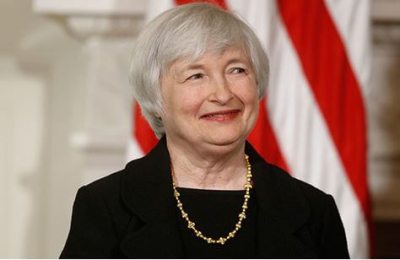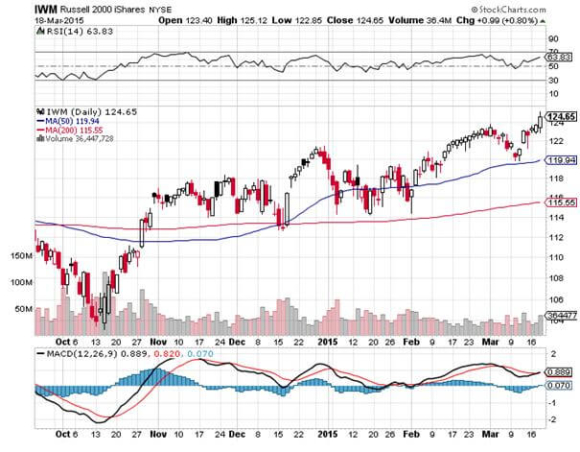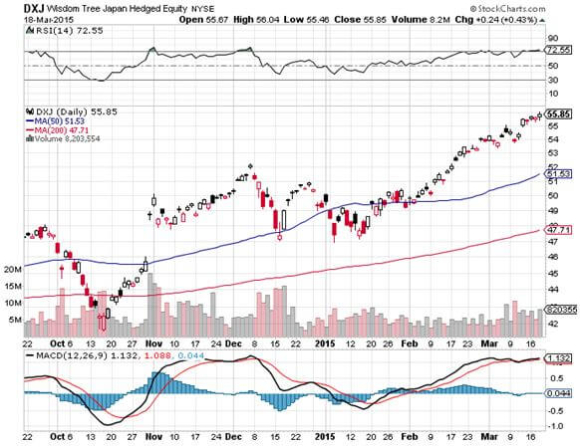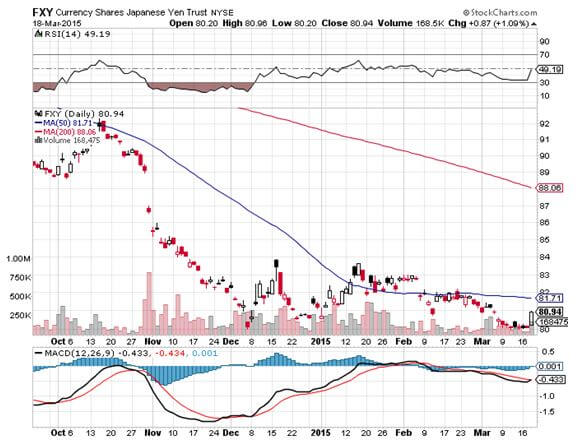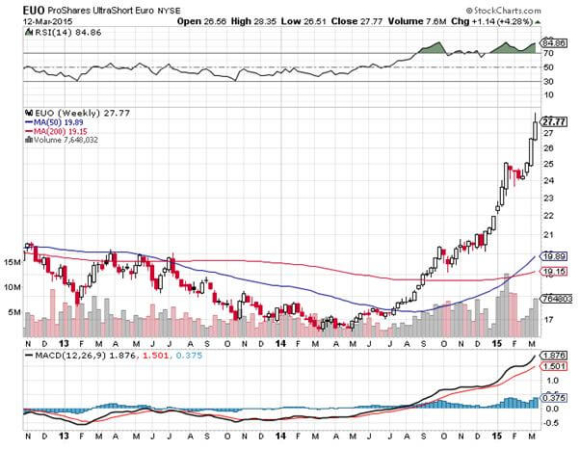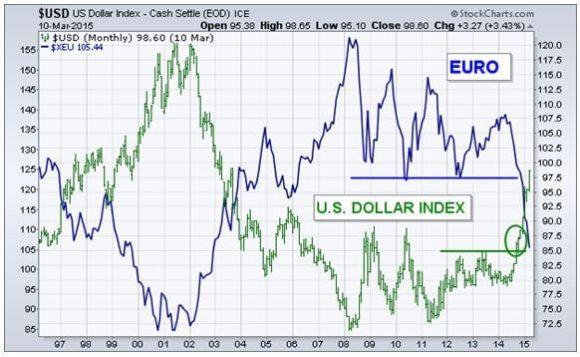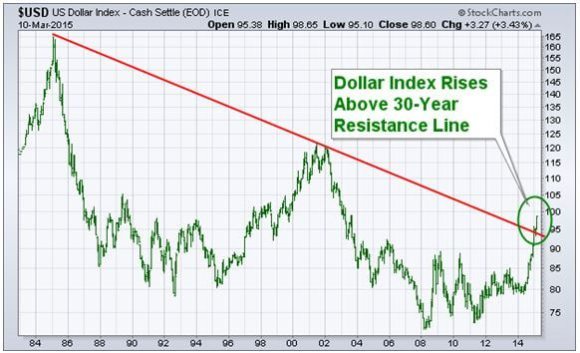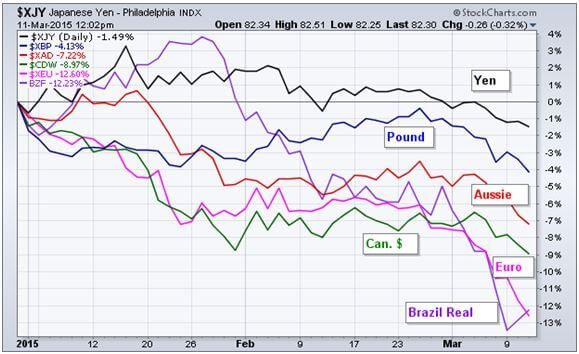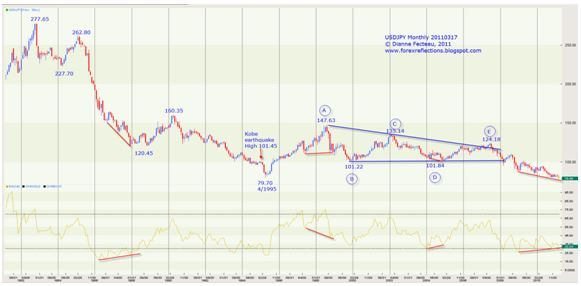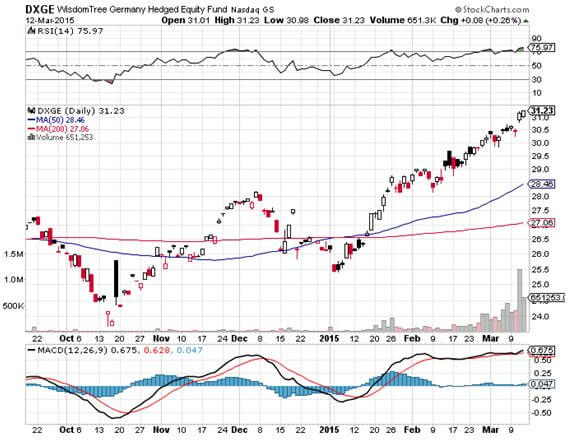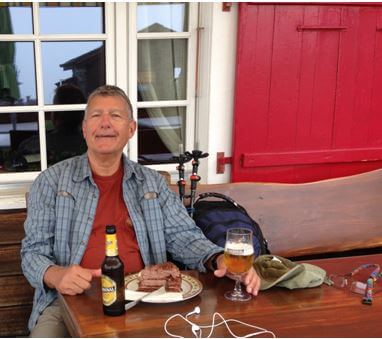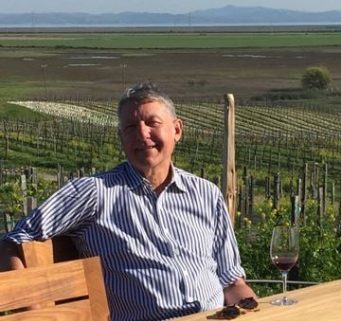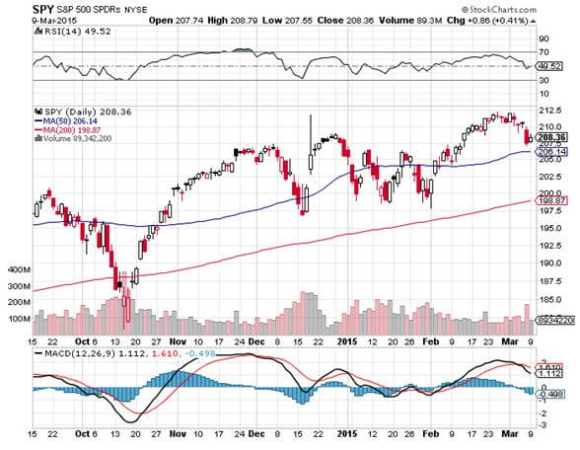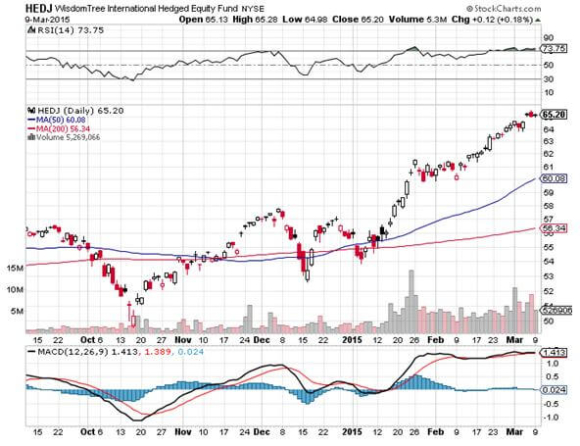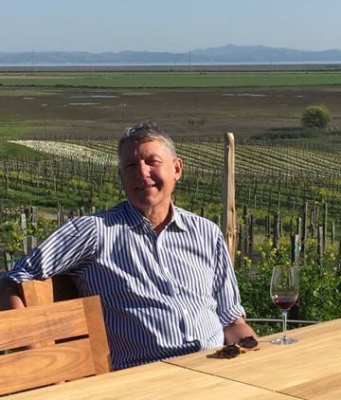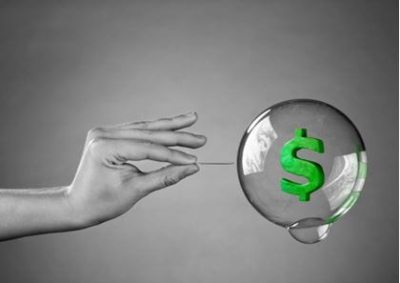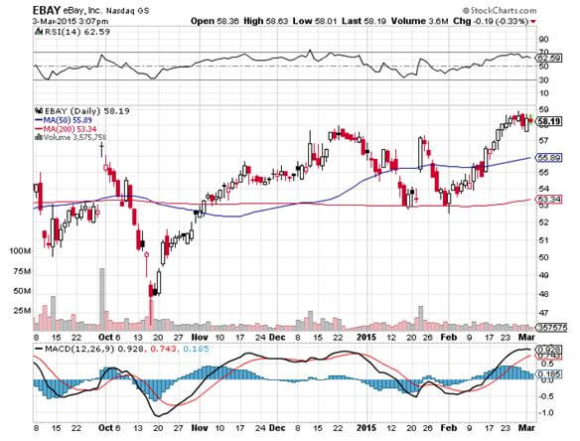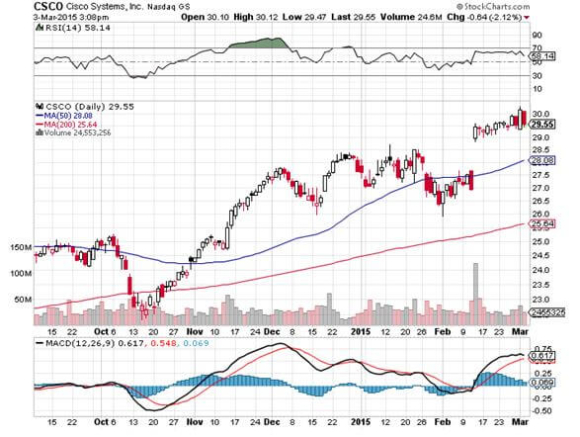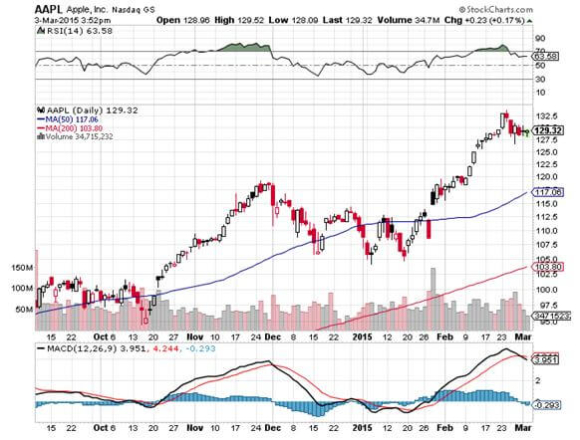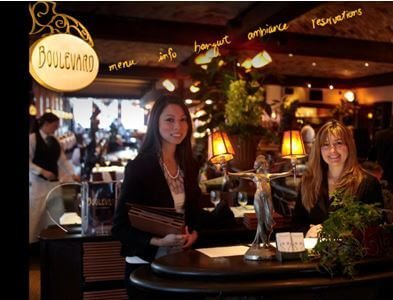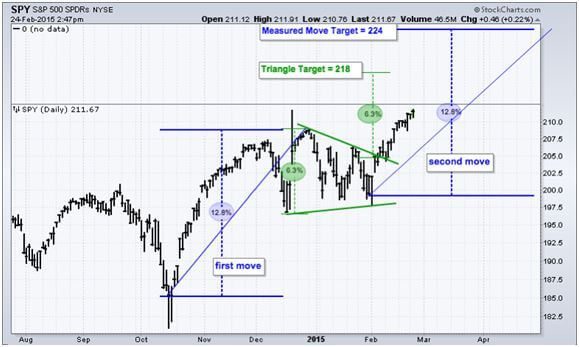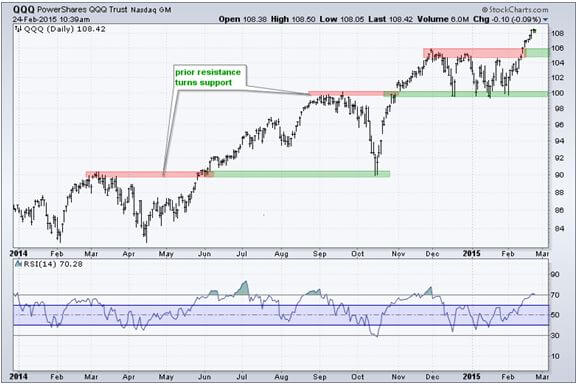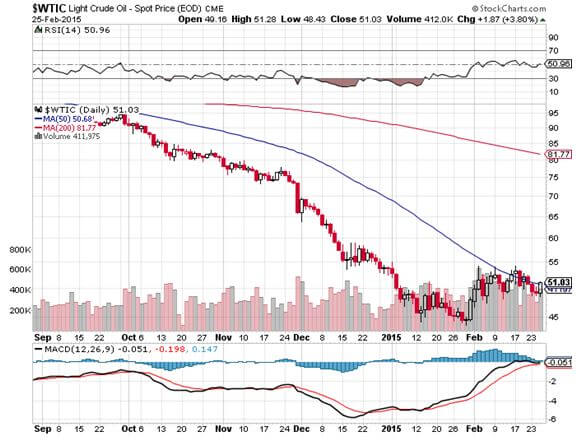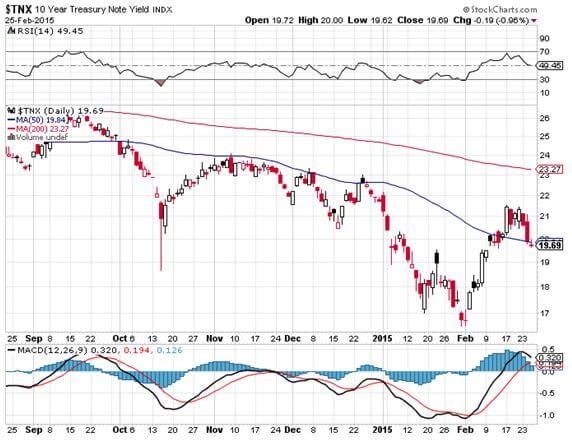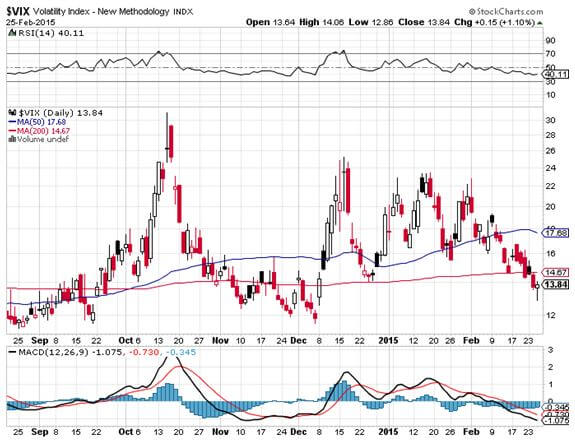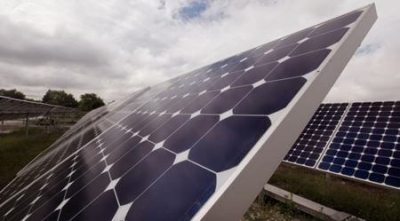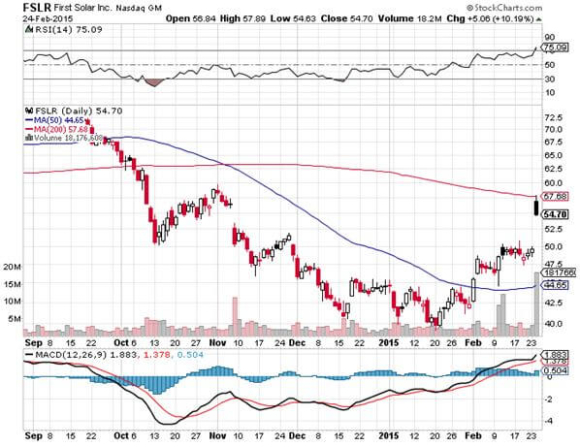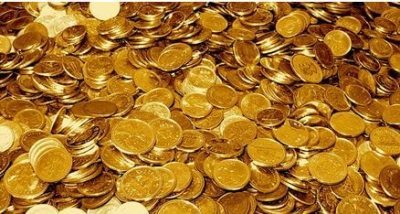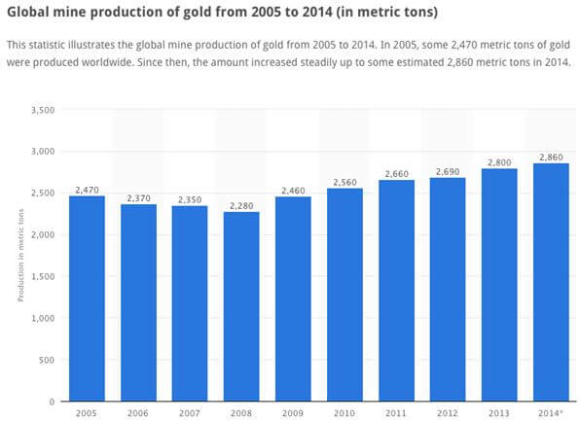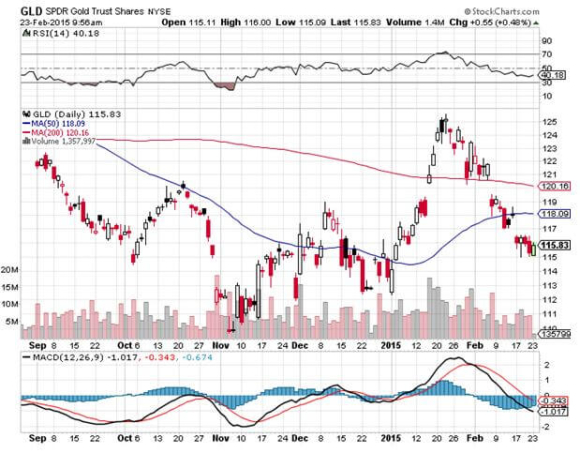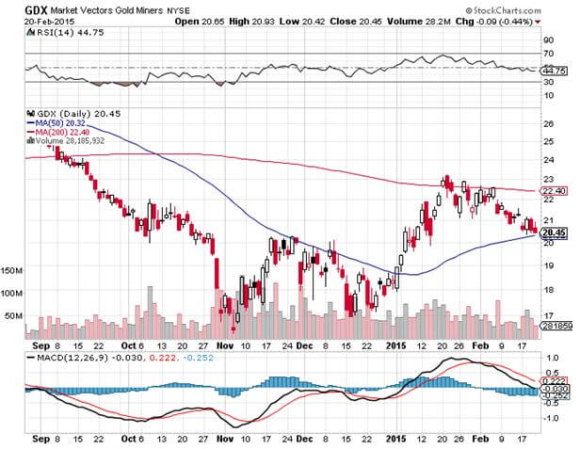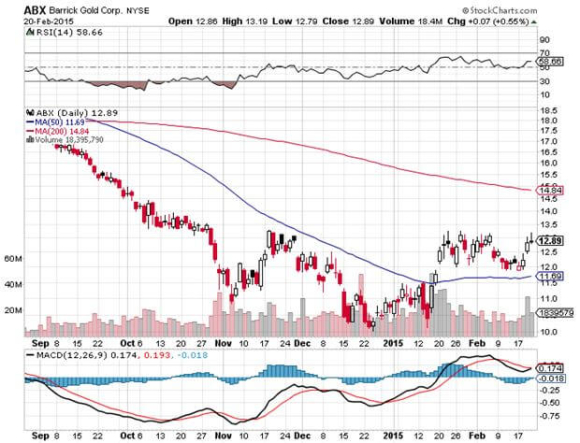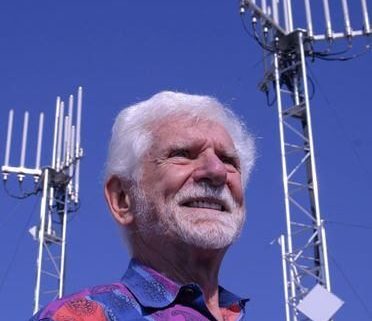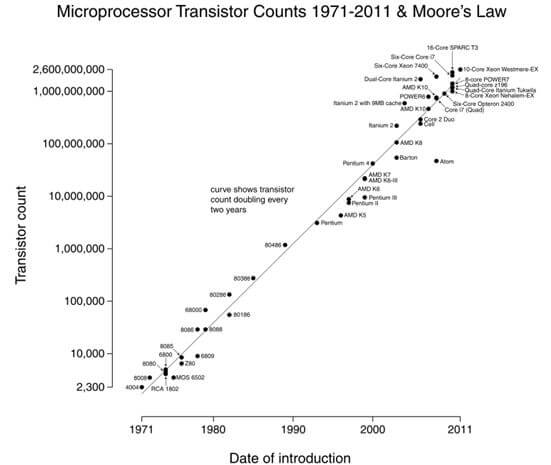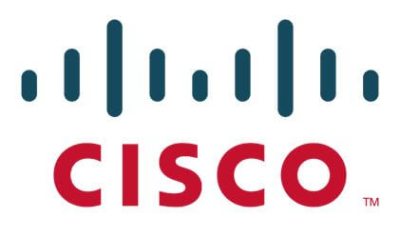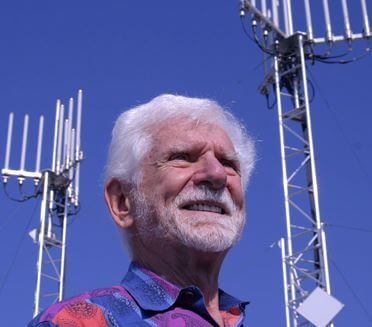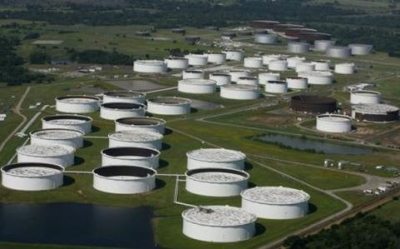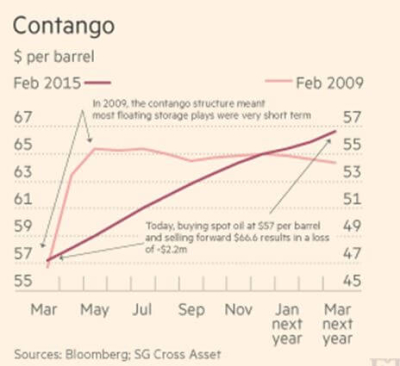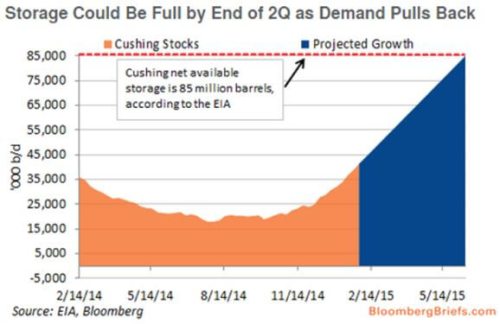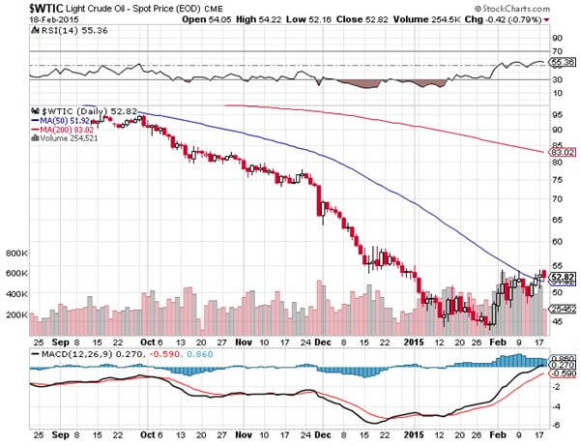Yes, that is the shocking truth that Fed chairman Janet Yellen told us today with the release of the central bank?s minutes.
Of course, she didn?t exactly say that she would raise interest rates for the first time in a decade in so many words. To discern that, you had to be fluent in Janetspeak.
Very few people have the slightest idea what comprises Janetspeak. It just so happens that I am quite knowledgeable in this arcane argot. In fact I can even negotiate a menu written entirely in Janetspeak and receive a meal reasonably close to what I thought I ordered.
I learned this esoteric language through private tutoring from none other than Janet Yellen herself. These I obtained while having lunch with her at the San Francisco Fed every quarter for five years.
It was a courtesy Janet extended not just to me, but to all San Francisco Bay area financial journalists. But fewer than a half dozen of us ever showed up, as monetary policy is so inherently boring, and government supplied food is never all that great. Ask any Marine.
So let me parse the words for you, the uninitiated. The Fed removed the crucial word ?patient? from its discussion. In the same breath, it says it is unlikely that rates will rise at the April meeting.
She said that any future rate rise would be conditional on continued improvement in the labor market. As the US economy is now approaching full employment, there seems to be little room for improvement there.
Now comes the vital part. Janet also said that an increase in interest rates would also be conditional on inflation returning to the Fed?s 2% inflation target!
Here?s a news flash for sports fans. Inflation is not rising. It is falling. Look no further than the price of oil, which kissed the $42 a barrel handle only this morning.
Inflation is at negative numbers in Europe and in Japan. Even the Fed?s own inflation calculation has price rises limited to 1% in 2015. Their best-case scenario does not have inflation rising to 2% until 2017 at the earliest.
Furthermore, things on the deflation front are going to get worse before they get better. Some one third of all the debt is Europe now carries negative interest rates.
Tell me about inflation when oil hits $20, which it could do in coming months, and will have a massive deflationary impact on the entire US economy, especially in Texas.
That?s the key to understanding Janet. When she says that she won?t raise rates until she sees the whites of inflations eyes, she means it.
I love the way that Janet came to this indirect decision, worthy of King Salomon himself. By taking ?patient? out of the Fed statement, she is throwing a bone to the growing number of hawks among the Fed governors.
At the same time she shatters any impact this action might have. The end result is a monetary policy that is even more dovish than if ?patient? has stayed in.
That is so Janet. No wonder she did so well as a professor at UC Berkeley, the most political institution in the world. I feel like I?m back at college.
You all might think I?m smoking something up here in the High Sierra, or that maybe a rock fell down and hit me on the head. But look at the market action. I?ll go to the video tapes.
Every asset class delivered a kneejerk reaction as if the Fed had just CUT interest rates. Stocks (IWM), bonds (TLT), the euro (FXE), the yen (FXY), OIL (USO), and gold (GLD) all rocketed. The dollar and yields dove.
This is the exact opposite of what every market participant expected, which is why the moves were so big. It is also why I went into this with a 100% cash position in my model trading portfolio.
We lost the word ?patient? we got the ?patient? result.
I had a batch of Trade Alerts cued up and ready to go expecting a dovish outcome. But it was delivered in such a left-handed fashion that I held back on the news flash. It was only when I heard the words from Janet herself that I understood exactly what was happening.
Out went the Trade Alert to buy the Russell 2000 (IWM)! Out went the Trade Alert to pick up some Wisdom Tree Japan Hedged Equity ETF (DXJ)!
Why the (IWM)? Because small caps are the American stocks least affected by a weak Euro.
Why the (DXJ)? Because the Fed action is an overwhelmingly ?RISK ON?, pro stock action. Unlike the rest if the world, the Japanese stock market has to double before it reaches new all time highs. It is just getting started.
Won?t today?s strong yen hurt the (DXJ)? Only momentarily. The Nikkei has yet to discount the breakdown from Y100 to Y120 that has already occurred, let alone the depreciation from Y120 to Y125 that is about to unfold.
Banzai!

